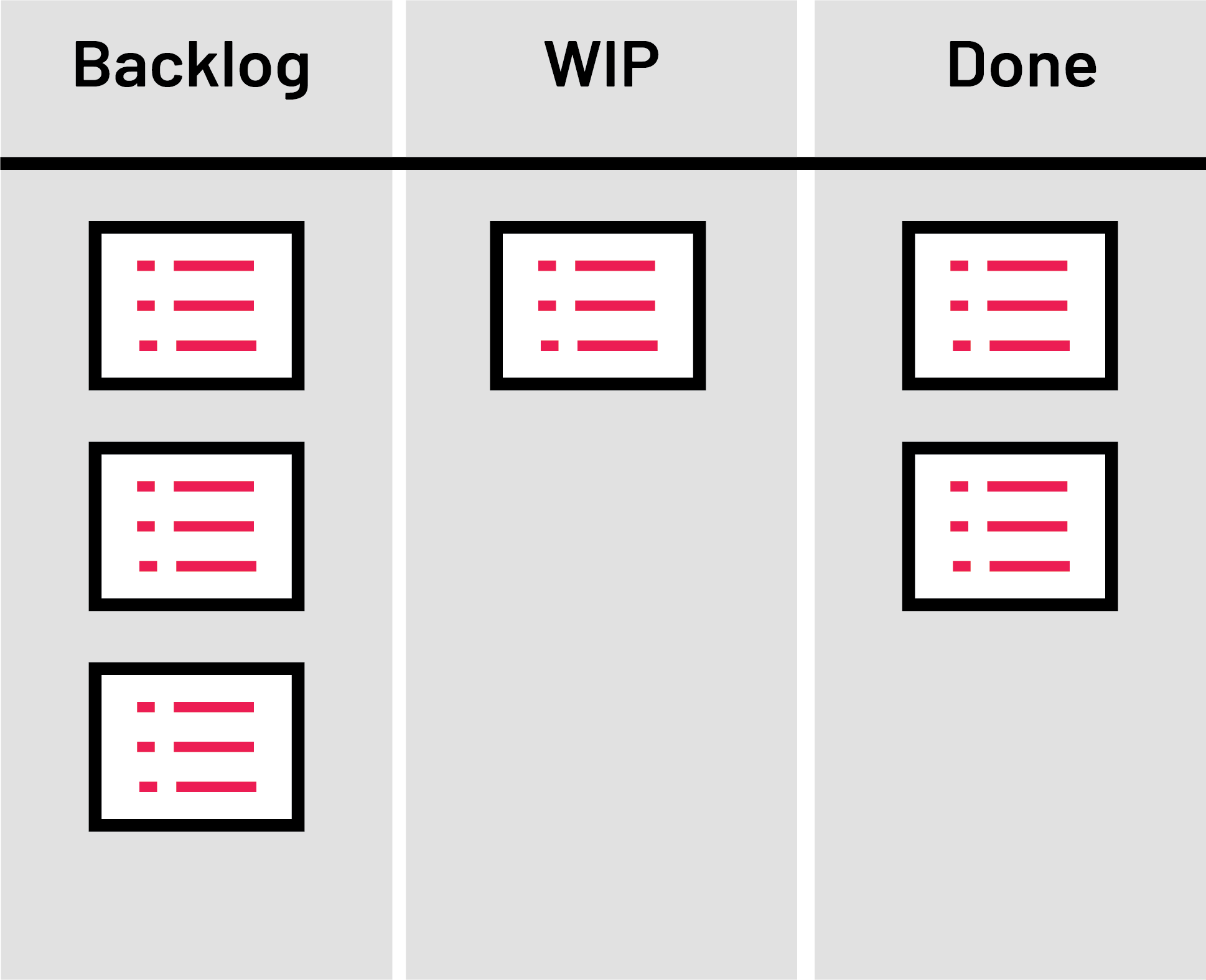The Portfolio Kanban System & Lean Portfolio Management
Since their initial creation decades ago, both Agile and Lean management principles have fueled the continuous improvement of organizations across dozens of industries.
While these complementary principles can serve as efficiency and growth catalysts, applying them to portfolio management can be a bit of a heavy lift. Thankfully, your organization can speed up the process by leveraging the Portfolio Kanban system. Let’s explore how you can apply this portfolio management tool to create agile teams.
What Is the Portfolio Kanban System?

The Kanban system is used by some of the world’s top companies, including:
- Toyota
- Spotify
- Pixar
- Apple
The Portfolio Kanban system is built on the foundation of the traditional Kanban methodology and, as its name implies, aligns well with portfolio management. Your organization can use the Kanban framework to manage and visualize the flow of its portfolio Epics. You can track every stage of an Epics portfolio’s lifecycle, from ideation to completion.
Specifically, the Portfolio Kanban system enables teams to:
- Use Work in Progress (WIP) limits to align demand with capacity
- Identify opportunities for continuous improvement
- Simplify workflows, designing policies to govern transitions from each work state
The Portfolio Kanban system is often used with other Kanban systems, including solution, program, and team frameworks. Together, these systems will enable your organization to apply Lean and Agile management principles to its processes, portfolios, and departments.
How Does this Portfolio Management Framework Contribute to Lean/Agile Development?
The Kanban Portfolio system directly aligns with the fundamental principles of Lean/Agile development. The five core Lean principles are as follows:
- Identify value
- Map the value stream
- Create flow
- Establish pull
- Seek perfection
The Kanban Portfolio methodology supports the application of all five of these principles during portfolio management. By visualizing portfolios with Kanban, business leaders can identify value and then trace those value streams throughout the portfolio lifecycle.
Likewise, the Kanban Portfolio framework supports the application of Agile principles by enabling users to identify critical interactions during each stage of a portfolio’s lifecycle while also promoting agility and empowering organizational leaders to respond to change.
How Does the Portfolio Kanban System Work?
The Portfolio Kanban system consists of six essential steps, which are as follows:
Funnel Ideas
During the funneling stage, you and your executive action team (EAT) will capture high-level ideas, including cost savings and new business opportunities, marketplace changes, acquisitions, and challenges with existing solutions.
There is no need to hash out each idea in great detail here; simply describe each concept with a brief phrase, such as “implement account self-service tools.”
Review
After your team members have finished funneling ideas, they can begin targeting specific concepts to sponsor. The sponsor of a concept needs to transform it into a fully defined epic.
As part of this process, they will need to expand on the definition of the epic, outline the benefits achieving said change would yield, and determine which metrics should quantify business outcomes.
Analyze

Create a Backlog
Epics that pass the analysis stage are moved into a portfolio backlog based on their weighted shortest job first (WSJF) rating. The WSJF algorithm rates initiatives based on factors that include relative business value, opportunity enablement, and time criticality.
Implement
When WIP limits permit, the team selects an epic from the backlog and inserts it into the pipeline. The Epic Owner and your agile teams begin developing the MVP and testing their initial hypothesis. Work continues until the team either proves or disproves the theory or burns through all the funds allocated to the project.
Conclude the Project
A Portfolio Kanban project is complete when the following conditions are met:
- The Epic Owner disproves the hypothesis
- The LPM ejects the epic from the Kanban
- The hypothesis is proven, but continued portfolio governance is deemed unnecessary
The Epic Owner and their teams are reallocated to another project upon completion.
Final Thoughts
The Portfolio Kanban system is a staple of the SAFe framework for a reason. It is a portfolio management tool that facilitates the implementation of Agile and Lean principles in a manner that makes a meaningful impact on your organization.
If your organization is fiercely pursuing continuous improvement through Agile/Lean development, the Portfolio Kanban system is a precious resource you should not ignore.
Learn more about Lean Portfolio Management from the experts at Cprime.



